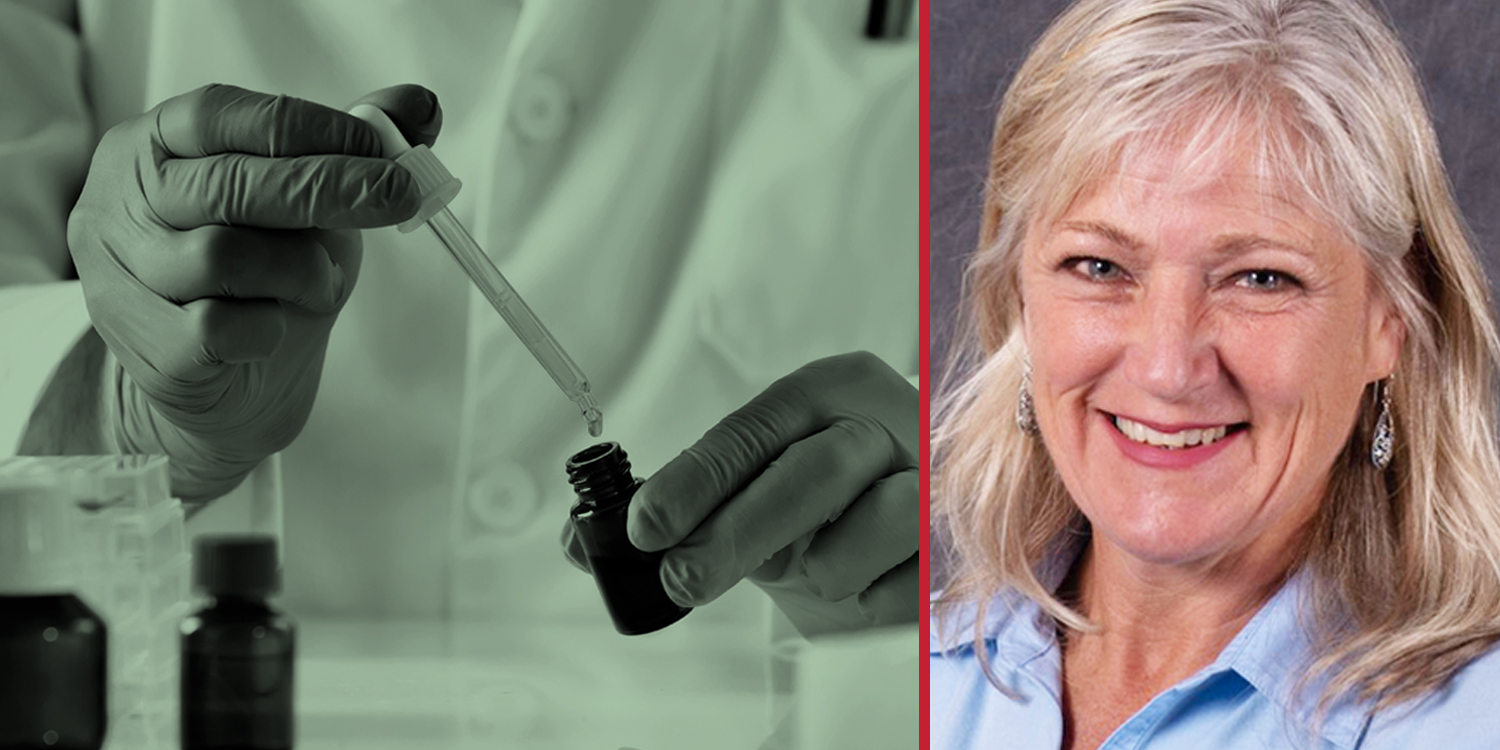Any opportunity to minimize stress can improve the effectiveness and efficiency of lab animal science bringing real hope to the human and nonhuman patients who desperately need it. All while refining the nature of the research and the well-being of animal models. That’s why low-stress dosing for postoperative rodents is so critical; its benefits could be helpful for efforts toward refinement.
In our webinar, Minimizing Dosing Stress During the Pre- and Post-Operative Periods, Karen Froberg-Fejko, LATG, VMD, discusses low-stress dosing. Froberg-Fejko explains that oral dosing is a non-intrusive, low-stress, alternative way of medicating postoperative rodents compared to conventional dosing methods, like injections. Furthermore, she demonstrates that injections can cause stress in lab research animals. Hence, oral dosing could be a practical low-stress substitution for injections.
Also, Froberg-Fejko explains how medicated treats are most effective when they are palatable and delicious. Treats should mask the bitter taste and unpleasant odors of medications. Then, if the drug is palatable, rodents will voluntarily consume adequate amounts.¹
Additionally, these medicated treats could be highly beneficial for postoperative rodents in several ways. So, if you are looking for more ways to minimize stress in animal models, particularly postoperative rodents, introducing low-stress dosing after surgery could be critical.
Oral Dosing Decreases Stress in Postoperative Rodents
The primary benefit of oral dosing is it’s shown to decrease stress in rodent models and improve well-being, which complies with the industry’s efforts toward one the 3Rs, refinement. Refinement “refers to modifications of husbandry or experimental procedures to enhance animal well-being and minimize or eliminate pain and distress.”²
Why is it so imperative to decrease stress in rodents during postoperative care? According to Froberg-Fejko, the answer is that stress can have adverse impacts on rodent models. For example, stress can impact metabolic rate and postoperative recovery rate.
According to Froberg-Fejko, the metabolic rate and postoperative recovery are the two most critical items concerning postoperative care. Adding stress to either of these items could delay postoperative recovery and research.
Therefore, introducing oral dosing could be an excellent way to help reduce stress in rodents during postoperative care. Consequently, improving their overall well-being, recovery, and ultimately your research.

Low-Stress Dosing Promotes Appetite
Nutrition is vital in postoperative recovery. Froberg-Fejko explains how crucial it is to encourage rodents to eat and drink after surgery. She explains that this is especially true due to their high metabolic rate.
Furthermore, she explains that the best way to get rodents to eat these medicated treats is to put them at the animal model’s level. She highlights that the medicated food shouldn’t be too challenging for the animal model to obtain.
Then, Froberg-Fejko insists that once they have started eating, they will be inclined to eat and drink more little by little. Froberg-Fejko emphasizes that for this to be most successful, there are three key steps.
Firstly, the medicated treats must be highly palatable. If the medicated food is appetizing to rodent models, it will be more effective. Secondly, the medicated food item must be introduced to them before surgery. Then, the animal model will be much more receptive to the treatment after surgery, once they’re already familiar. Third, make sure the treat is easy to access for the animal after surgery.
How Low-Stress Dosing Increases Appetite During Postoperative Care
In a study published in the Journal of the American Association for Laboratory Animal Science, researchers placed bacon-flavored medicated tablets on the cage floor of post-op rodent models. Then, only a day after surgery, mice rapidly consumed the treat on its placement on the cage floor. They concluded that oral dosing is an “effective technique to improve postsurgical food consumption in this species.”²
Also, the study concluded this “method of treatment was effective for drug delivery and greatly improved our experimental design by eliminating the need for an injection procedure in mice with an extensive incisional wound.”²
Froberg-Fejko explains that this promotion of appetite will help postoperative rodent models recover faster. With faster recovery comes better laboratory animal welfare and better research.
Encourages Foraging Behaviors in Postoperative Rodents
Foraging is one of several natural, species-specific behaviors of rodents. In natural environments, rodents often forage for food. Encouraging and promoting laboratory animals to enact their atypical behaviors, as they would in the wild, can be beneficial to their overall well-being.²
Froberg-Fejko explains that oral, low-stress analgesic dosing can promote foraging behaviors in laboratory rodents. For example, placing the medicated treat within enrichment materials could encourage the animal model to forage for the food. Thus, enacting its natural behavior.
Froberg-Fejko goes on to explain that this could be an effective metric for measuring the recovery rate of a postoperative animal model. If the animal model is foraging or enacting other species-typical behaviors, it could be a sign of recovery.
More From our Webinar: Rodents’ Favorite Flavor is Bacon
NIH did studies to determine what flavors rodents prefer to eat. The findings indicated that one of the favorite flavors to eat among rodents is bacon.
Do You Want to Learn More About Minimizing Dosing Stress During Pre- and Post-Operative Periods?
To view an in-depth discussion about ways to minimize dosing stress before and after surgery in lab animal science, view our latest webinar now.
References
- Blaha, Michael D, and Lisa R Leon. “Effects of Indomethacin and Buprenorphine Analgesia on the Postoperative Recovery of Mice.” Latest TOC RSS, American Association for Laboratory Animal Science, 1 July 2008, https://www.ingentaconnect.com/content/aalas/jaalas/2008/00000047/00000004/art00001.
- Guide for the Care and Use of Laboratory Animals. 8th ed., U.S. Dept. of Health and Human Services, Public Health Service, National Institutes of Health, 2011.

